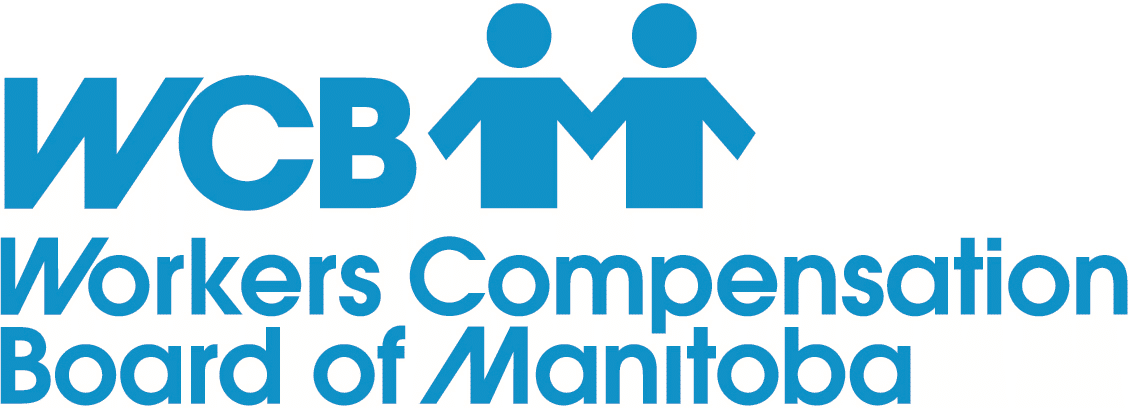Perhaps you are at work right now and trying to decide which task to tackle first: backlogged messages, mounting paperwork, or projects with competing deadlines? Perhaps your workplace feels like a difficult place to be.
If so, you are not alone. A 2010 StatsCan report says 27 per cent of Canadian workers say they are highly stressed, and about 62 per cent say their workplace is the main source of their stress.
There are many causes for workplace stress, and individuals respond to these stresses in many ways. There are, however, some common factors that may contribute to workplace stress. One main factor is the feeling of being overworked that often comes with unmanageable workloads and deadlines, missing breaks, working through lunch, taking work home or staying late without much impact on work output.
It is important to recognize stress is a normal part of everyday life, and can be good when it helps us to focus.
But when stress feels out of control or is interfering with our ability to complete regular daily tasks, it is time to pay attention. It can lead to real and observable physical and emotional tensions that many researchers believe may put us at greater risk of illness, such as heart disease, muscle tension, depression or anxiety problems.
Managing workplace stress may require both an individual response and organizational change.
Here are simple strategies you can try today:
- Take an inventory of what you like, dislike about your job. Is it possible to increase more of what you like?
- Connect with co-workers in a meaningful way (take breaks and lunch with colleagues, which reduces your aloneness and will increase your psychological support).
- Talk to your manager about workload issues and what to prioritize, postpone or even delegate.
- Find time in your workday to enjoy a “me” moment (take a brisk walk, savour your favourite treat, or call a friend during a break).
- Transition from work to home. At the end of each day, check off your accomplished tasks, write down your priority list for tomorrow and reflect on a few good moments in your day. The positive reflection ends the day on an optimistic note. This simple strategy allows the transition from work to home to happen in a planned way so that as you drive home you can let go of work and focus on the people, activities, and other valued moments in your life.
- Many workplaces also have employee assistance programs that have counsellors who can support people in learning stress management skills








